If you’ve been craving homemade perogies, this gluten free Perogy Dough recipe is the perfect place to start. In Canada, we commonly use the spelling perogy, but the traditional Polish spelling is pierogi (and yes, that’s the plural!). Both refer to the same delicious dumplings. This gluten free version creates a soft, pliable dough that’s easy to work with and ideal for savoury or sweet fillings.
I grew up in Manitoba surrounded by Polish and Ukrainian friends and neighbours. Although my mom never made perogies they were, and still are, served at every wedding and social (the party before the wedding). I like perogies with sour cream and a good garlic sausage. At those parties they always served them beside a breaded chicken, pork or veal cutlet.
Jump to:
Ingredients
Although my EGFG flour blend works for pie pastry it did not work for perogy dough. I needed more starch and more xanthan gum for a workable dough. Check out the substitutions if there are some ingredients you can't tolerate.
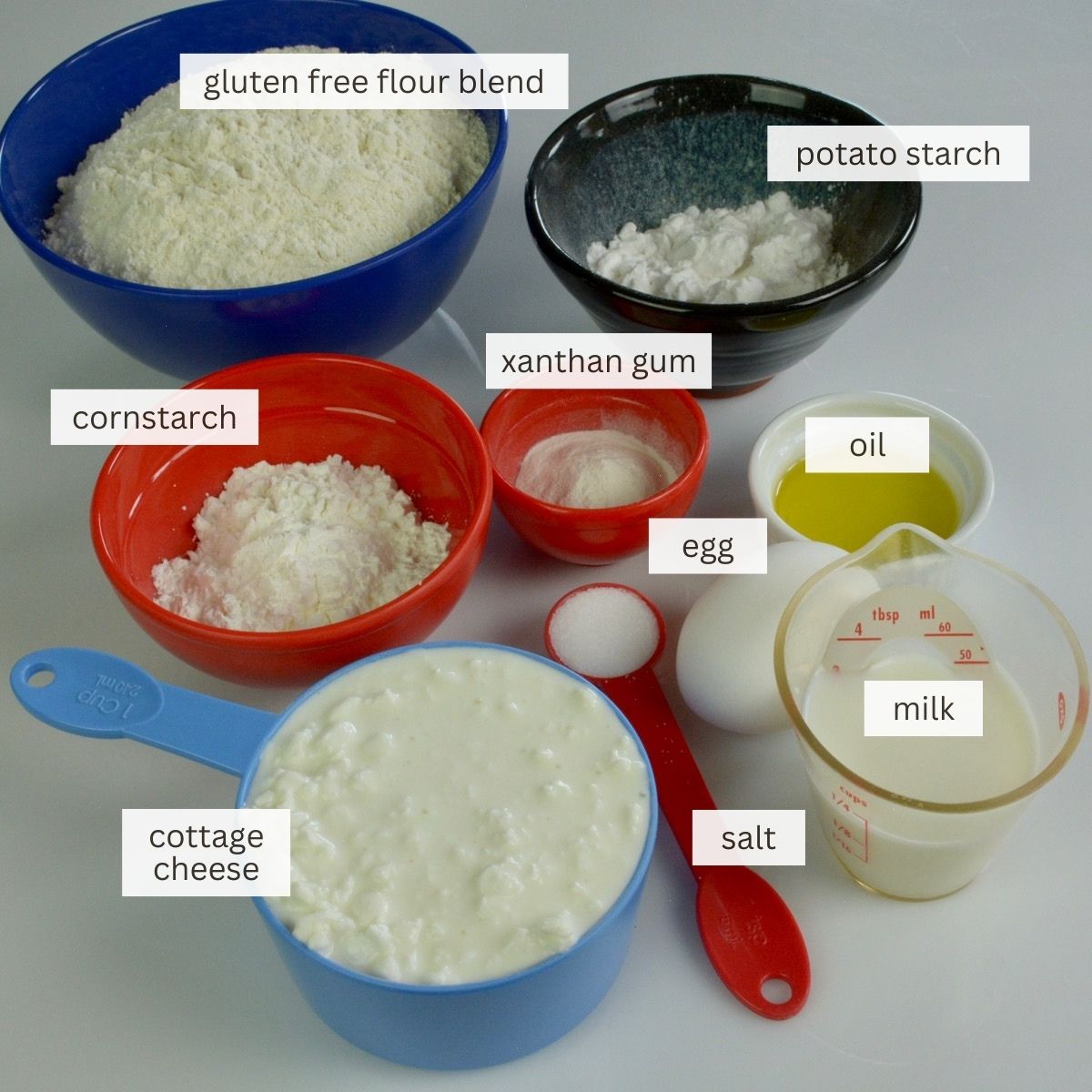
- Cottage cheese - This creates a soft and tender texture with a delicious flavour.
- Egg, milk and olive oil - Standard ingredients for a workable dough.
- EGFG gluten free flour blend (sweet rice flour, potato starch, sorghum flour and millet flour) - The sweet rice flour absorbs more moisture than white rice flour and the potato starch adds smoothness. Sorghum and millet flours add protein and nutrition. However, the blend needed more starch to work in this recipe.
- Potato starch & cornstarch - More starch made a workable dough that tasted delicious (not gluten-free). Knowing that the taste and texture of gluten free food is always better with two starches, I used these.
- Xanthan gum - This is the glue that adds structure to gluten free baking. Often used in tiny amounts for baking, a dough requires more xanthan to help it stay together. If you don't have it yet, buy it!
See recipe card for exact amounts.
Instructions for Making Perogies
Like all food topics, there's a lot to learn about perogies. The good news is you don't need to know it all. This post and recipe will help you make a workable dough for any kind of perogies you want to make.
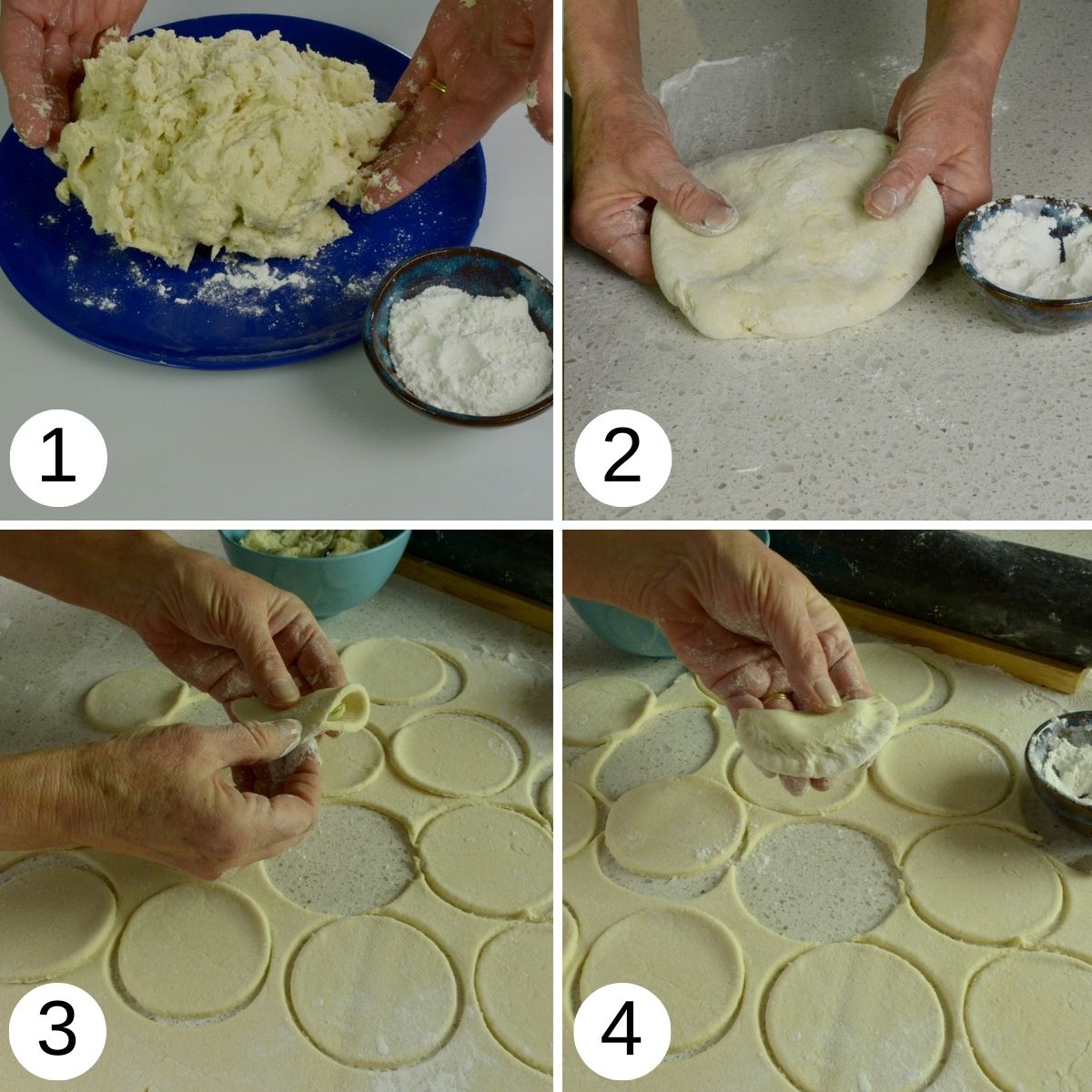
Step 2. I use sweet rice flour to create a workable dough. Roll out to ⅛-inch thickness.
Step 3. Stamp 3-inch circles in the dough with an empty glass or cookie cutter, then put 1-2 teaspoons of filling in the center.
Step 4. Dip your fingers in extra sweet rice flour and pinch each perogy closed to secure the filling inside.
Instructions for Cooking and Serving Perogies
Ukrainians tend to serve perogies boiled while Polish cooks prefer their pierogi fried. For gluten free cooks it's all about the dough. Once you've mastered the dough you can try them boiled, fried, baked, grilled and even cooked in the air fryer.
Substitutions
EGFG gluten free flour blend - If for any reason you can't use my everyday blend, work at finding a substitute. Once you have a blend that works in some of my recipes it will likely work everywhere I use this blend. It takes effort but once you figure that out, it's a game changer.
Starch substitutes - If you need to avoid corn or potato, I recommend using a combination of any two starches on your list for the best results. That includes the starches in your flour blend as well as any additional ones like I used here. Sweet rice flour has a very high starch content and can be considered a starch too.
Dairy Free - Plant based milk substitutes work well in most (or all) of my gluten free recipes. I have not tried this recipe with a substitute for cottage cheese. Some suggestions are coconut yogurt, Tofutti brand sour cream and/or cream cheese substitutes.
Variations: Sweet & Savoury Perogy Filling Ideas
When I asked my followers what kind of fillings their family made this is what I heard.
- Classic Potato-Cheddar Perogies (some of you have fond memories with Cheese Whiz).
- Sauerkraut or cabbage, with or without mushrooms.
- Meat fillings including ground pork, beef and chicken.
- Potato, Garlic and Dill Perogies was one of the requests for the private class I taught that inspired this deep dive into perogies.
- Sweet Perogies: Any fruit but Apple, Apple-Cinnamon, Saskatoon, Raisin and even Prune were all on the list.
- Poppyseed, cottage cheese and sweetened quark cheese were mentioned too.
Top Tip
Host a perogy pinching party! It takes time to make perogies and it's more fun with friends. In a private cooking class with 5 people we made 3 recipes of dough, 3 fillings and pinched 130 perogies in 3 hours. We ate until we were full and there were still a few perogies to take home.

__________________________________________________________________________
New here? Overwhelmed or frustrated? Get started with these 29 Tips about GF flour and get cooking. I can help you learn to cook gluten free food everyone wants to eat, and have fun doing it.
🎉 Exciting news! Adventures in a Gluten Free Kitchen, a membership for gluten free cooks, is coming soon. Click to learn more and join the waitlist!
_________________________________________________________________________
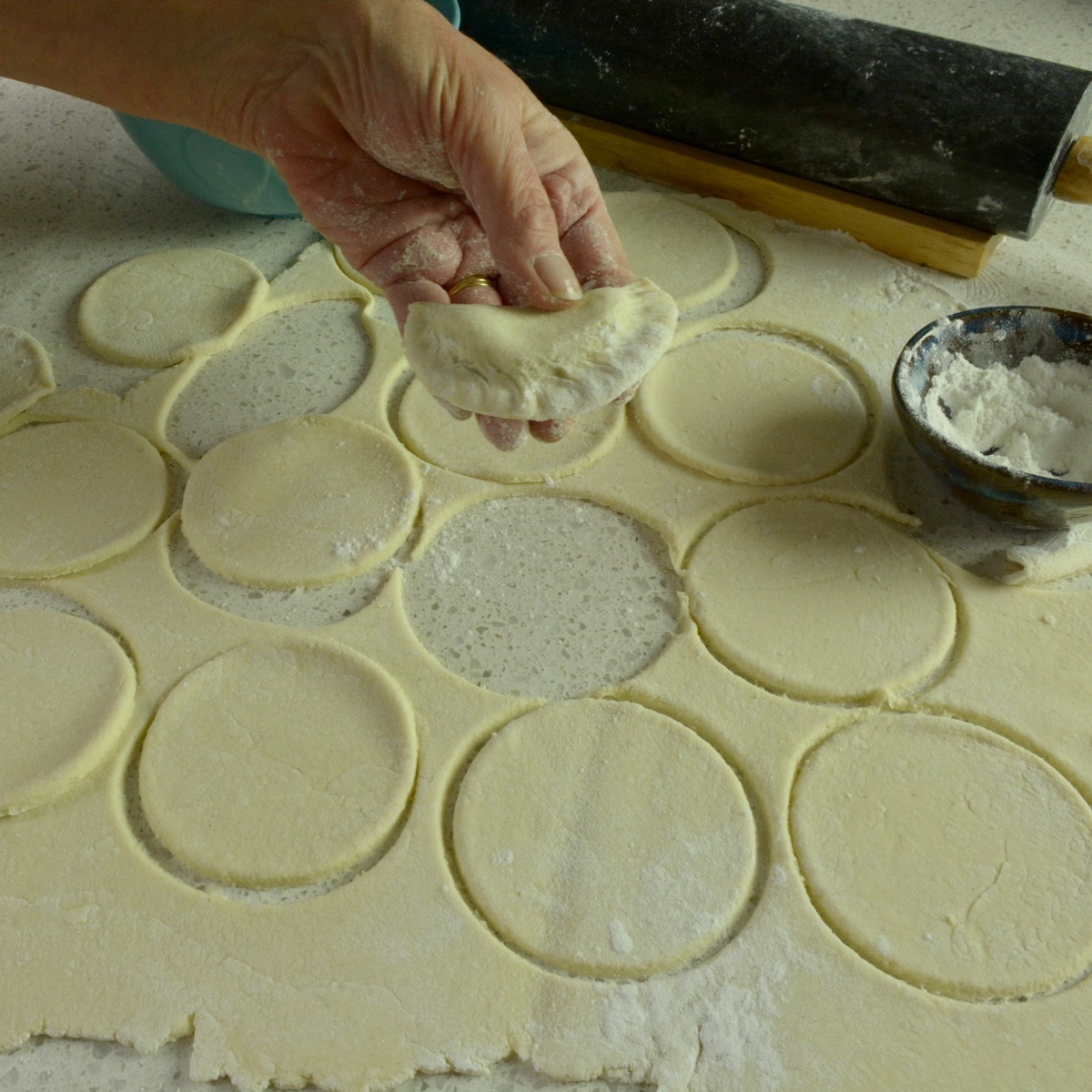
Gluten Free Perogy Dough
Ingredients
Gluten Free Perogy Dough
- 1 cup cottage cheese
- 1 egg
- 3 tablespoon milk
- 1 tablespoon oil
- ½ cup water
- 2¼ cups EGFG gluten free flour blend* 295 g
- ¼ cup potato starch 41 g
- ½ cup cornstarch 35 g
- 1 tablespoon xanthan gum
- 1 teaspoon salt
Sprinkling Flour
- sweet rice flour or tapioca starch
Potato Garlic & Dill Filling
- 12 oz potatoes peeled and cut in 4 or 8 pieces
- 3 garlic cloves
- ¾ cup onion diced
- 3 tablespoon sour cream
- 2 tablespoon butter
- 1 tablespoon fresh dill chopped
- ½ teaspoon salt
- ¼ teaspoon pepper
Frying (optional)
- 1 tablespoon butter
Instructions
Make Perogy Dough
- In a food processor add cottage cheese, egg, milk, oil and water. Blend until smooth, about 30 seconds.
- In a large bowl combine potato starch, cornstarch, EGFG flour blend, xanthan gum and salt. Whisk to combine.
- Add flour mixture to food processor and process to smooth dough, 30-60 seconds.
- Using sweet rice flour as a sprinkling dough, form a ball and divide into 4 pieces. Keep covered with a damp cloth or plastic wrap while you work with each piece.
Make Potato Garlic Dill Filling
- Add potatoes and garlic to large pot and cover with water. Add salt and bring to a boil. Turn down heat and cook until fork-tender, 12–15 minutes. Drain and return to pot. Cook over medium-low for 1-2 minutes to remove excess moisture. Mash potatoes until smooth. Transfer to a bowl and set aside to cool.
- Cook onions in oil over medium-low heat until golden brown, 10–12 minutes. Season with salt and pepper. Add to potatoes. Double the amount of onion if serving extra on cooked perogies.
- Add sour cream, butter and dill to potato-onion mixture. Season with salt and pepper, mix well. Filling can be made a day in advance.
Shape and Fill Perogies
- Roll dough to ⅛ inch thickness and cut 3-inch rounds using a glass or cookie cutter. Gather scraps and re-roll until all the dough is used.
- Place 1-2 teaspoons of filling on each dough round. Gently fold dough over, forming a half-moon shape. With floured fingers, pinch edges together to seal filling inside the dough. Place filled perogies in single layer on a parchment lined tray.
- At this point perogies can be covered and refrigerated overnight or frozen in an airtight container up to 4 weeks.
Cooking: Boiled Method
- Lightly grease a baking sheet or tray for cooked perogies.
- Bring large pot of water to a boil, add salt. Drop 8-10 perogies into water, stir to avoid sticking. Cook until they float, 2–3 minutes for fresh, 5-7 minutes for frozen. Using slotted spoon, transfer to baking sheet. Repeat until they are all cooked.
Cooking: Fry Method
- Melt 1 tablespoon butter in pan over medium heat. Working in batches, pan-fry boiled perogies until golden on both sides, 3–5 minutes total.
- Alternately, pan-fry unboiled perogies the same way; 4-6 minutes for fresh, 8-10 for frozen.
Serving Perogies
- Serve boiled or fried perogies with sour cream and chopped fresh dill. Additional sautéed onions are optional but delicious.


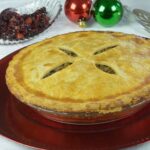
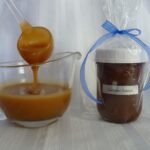

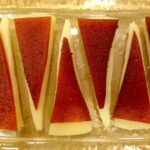
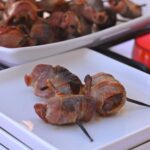
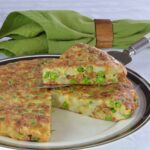
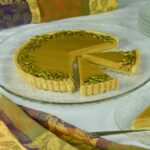

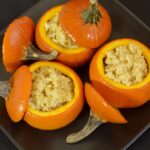
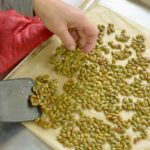
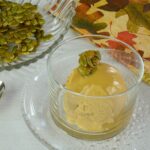
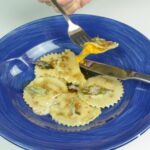
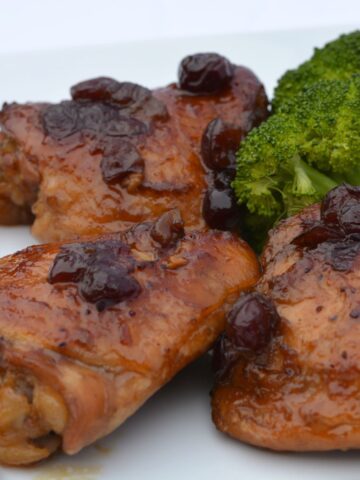
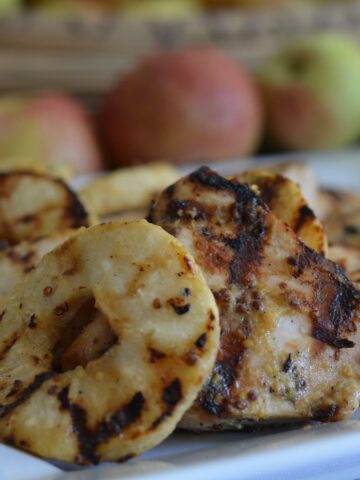
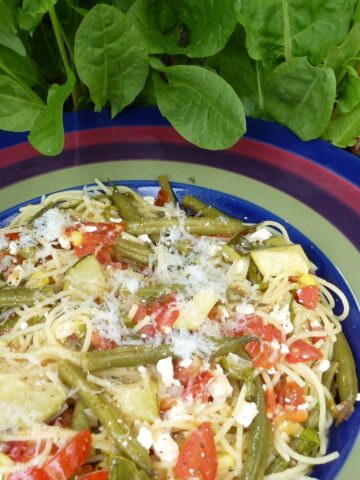
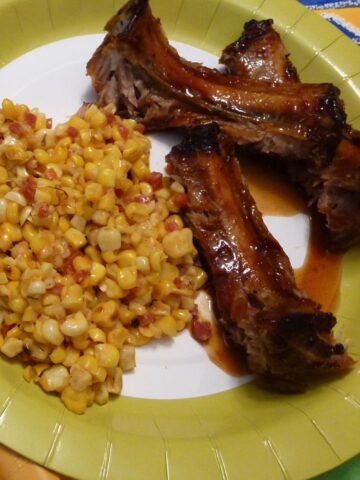

Leave a Reply